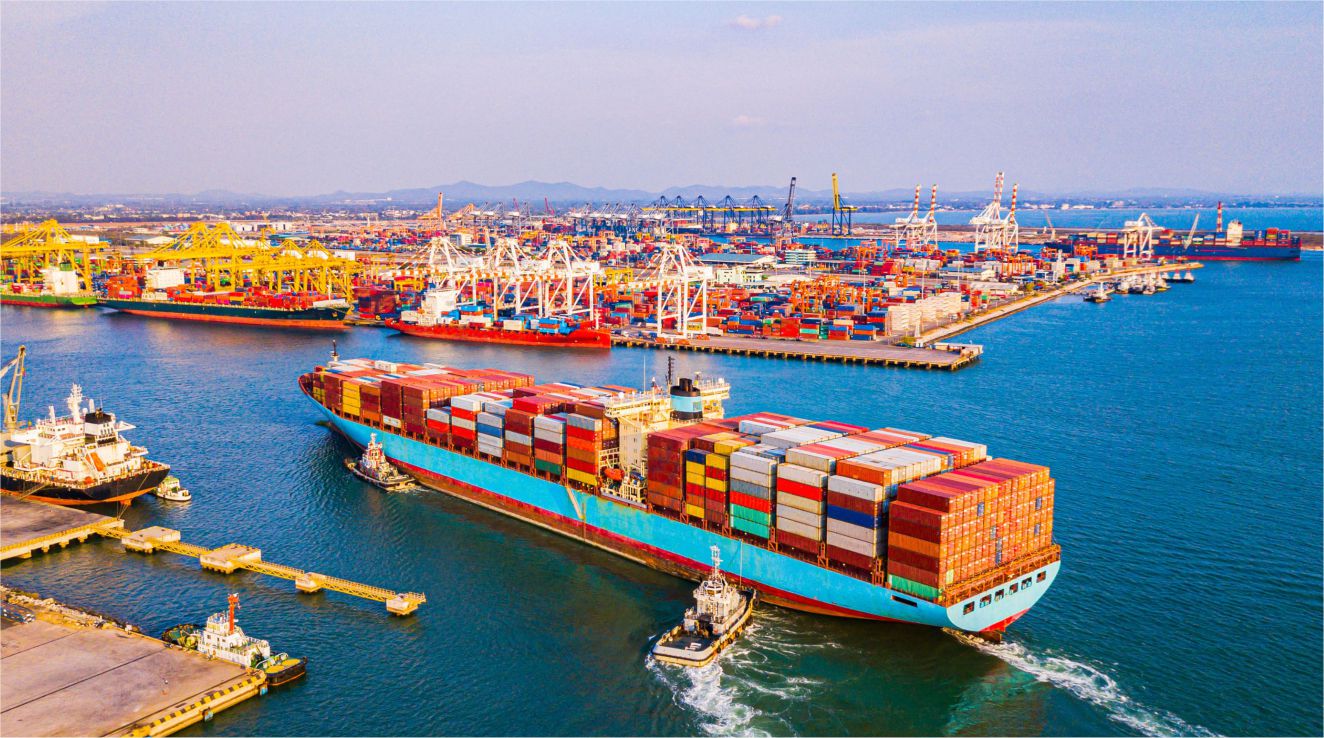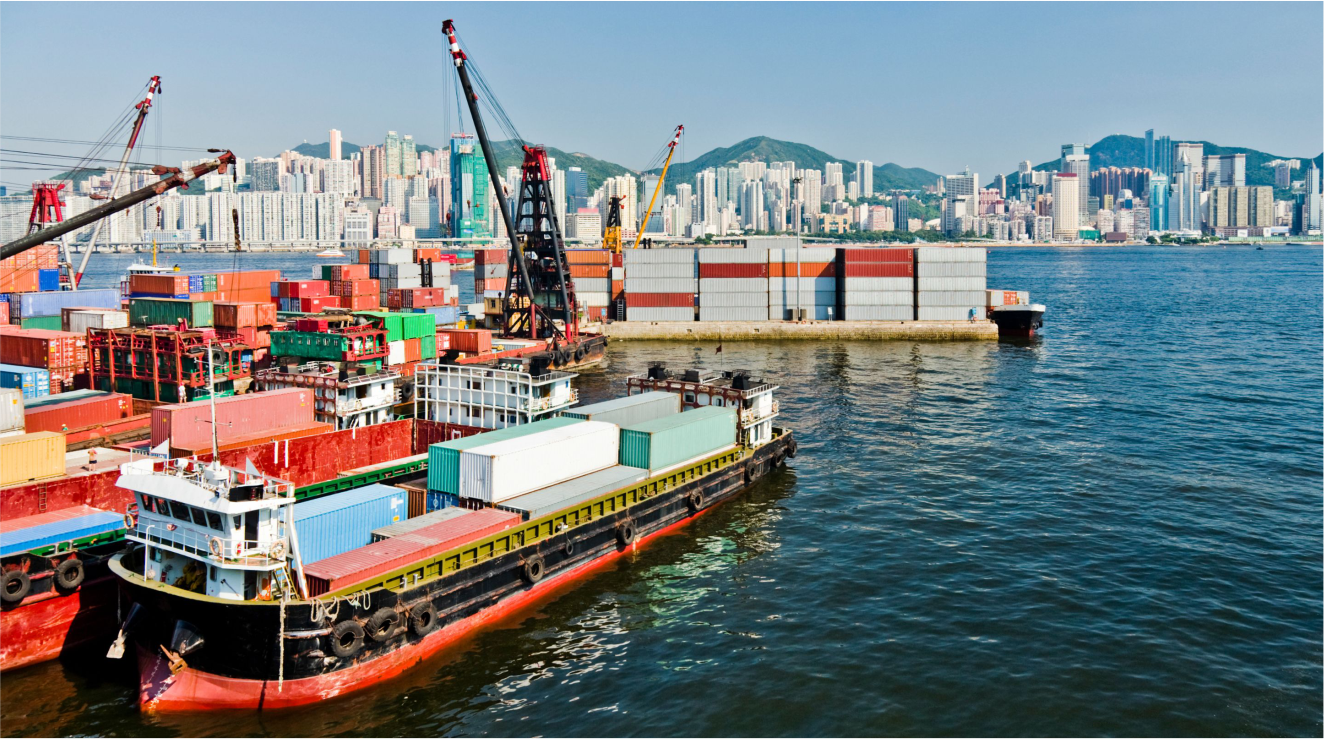India’s merchandise exports have demonstrated remarkable resilience in recent years, driven by robust demand from key trading partners. Among them, the United States has emerged as a dominant destination. Over the last decade, the U.S. share in India’s merchandise exports has risen sharply, from 10.1% in FY2011 to 19.3% during April–February FY25.
While this growth reflects strategic alignment and market access, it also introduces significant concentration risk, particularly amid rising uncertainty in global trade. Recent U.S. tariff actions, and the potential for further unilateral decisions pose serious challenges for India, especially in labour-intensive and price-sensitive sectors.
A recent Parliamentary Committee report emphasized the importance of diversifying India’s export markets beyond traditional partners. It highlighted the strategic potential of exploring under-tapped regions like Latin America, Africa, and Oceania, where Indian goods enjoy a comparative advantage and rising demand.
The concern of is particularly pronounced in sectors like textiles and pharmaceuticals. India’s apparel exports are heavily concentrated in the U.S. and EU. With growing competition from countries like Bangladesh and Vietnam, which benefit from duty-free access and lower labour costs, Indian exporters are under pressure. A sudden increase in U.S. tariffs could exacerbate their vulnerability. Similarly, over 30% of India’s pharmaceutical exports go to the U.S. Although the sector has so far been spared from tariffs, future regulatory changes such as stricter FDA compliance norms or price caps could significantly disrupt market access.
As per data from the department of commerce, in 2021, roughly 5,500 products accounted for 91.3% of global imports, yet India’s share in these was a mere 0.81%. This reflects a significant opportunity for India to broaden its export base across high-demand categories.
To unlock this potential, India must adopt a comprehensive export diversification strategy. This involves monitoring export performance in key markets, identifying complementary trade destinations, and selecting sectors or products for targeted expansion.
The way forward:
India should prioritize the fast-tracking of trade agreements with regional blocs such as the African Continental Free Trade Area (AfCFTA) and economies in Oceania to secure preferential market access. The country already has a Preferential Trade Agreement with MERCOSUR in Latin America, which could be upgraded to a Free Trade Agreement. These agreements can offer Indian exporters a cushion against sudden geopolitical shocks and policy changes from dominant markets like the U.S.
Additionally, aligning export strategies with India’s Revealed Comparative Advantage (RCA) can ensure a sharper focus on products where India already has global competitiveness. India’s recently launched Trade Connect Portal enhances its market intelligence capabilities by providing exporters with access to critical trade-related data—enabling real-time monitoring of global demand trends, tariff changes, and evolving trade policies. To maximize its impact, the government must increase awareness about the portal among exporters, particularly MSMEs, so they can leverage this intelligence to tap into new and emerging markets.
By proactively addressing concentration risks and strategically diversifying export destinations, India can build a more resilient, agile, and future-ready export ecosystem.







